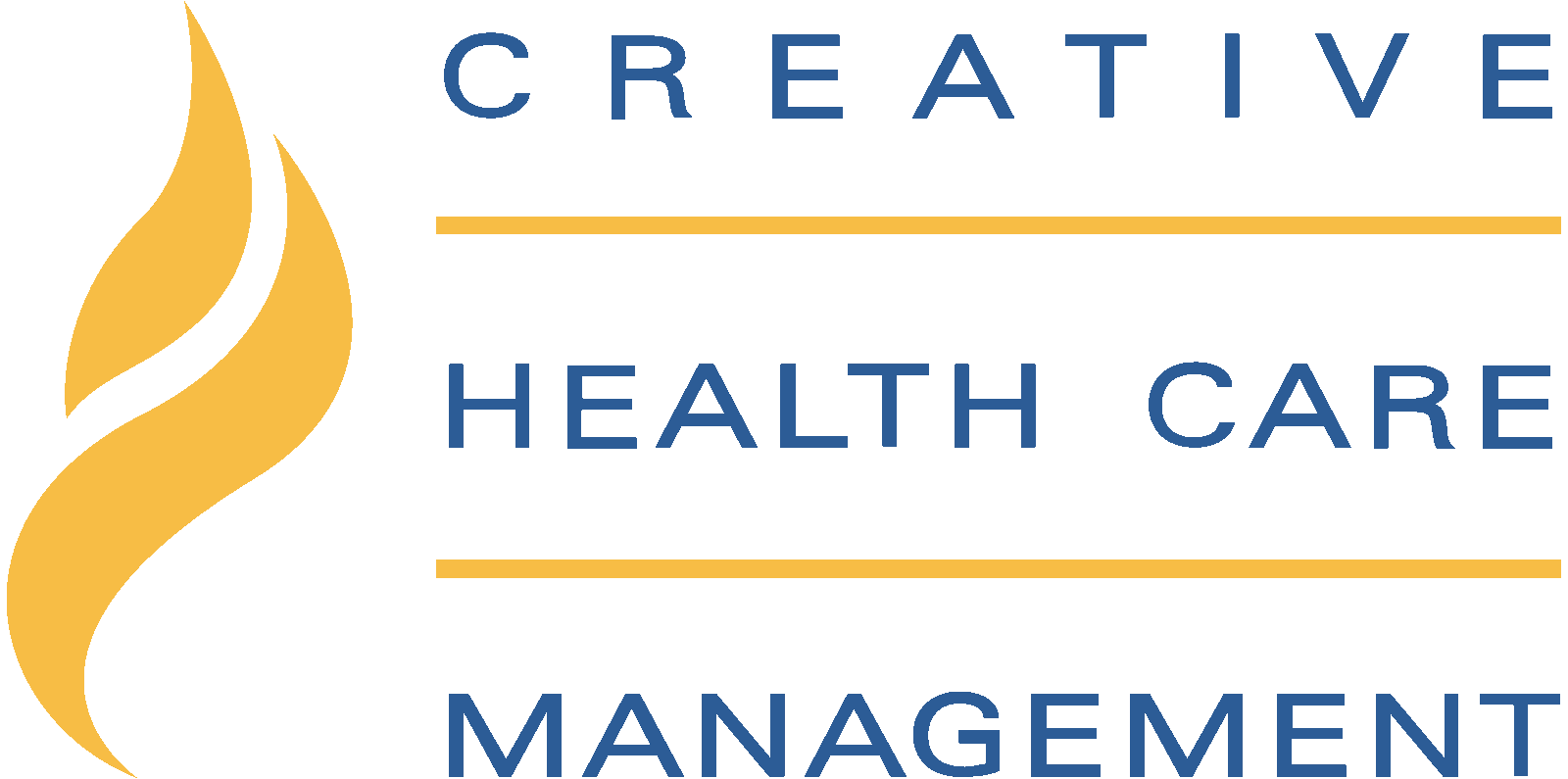By Gen Guanci and Marky Medeiros
When most people hear the term professional governance, their minds go immediately to the visible elements such as councils, bylaws, and meeting schedules. While these are important, they are simply the framework. The true strength of professional governance lies in the underlying principles, the culture that supports it, and the shared commitments that sustain it. Without those, the structure becomes an empty shell.
That’s the focus of our book, Considerations in Professional Governance. It is not a ‘how-to’ manual. Instead, it’s a strategic and reflective book designed to help leaders, managers, and point-of-care and service professionals understand why governance matters, how it should function, and what it takes to keep it relevant and impactful.
Why Professional Governance Matters Now
Health care experiences constant and complex change. From staffing shortages to generational differences in the workforce, from rapid advances in technology to increasing patient expectations, leaders are facing pressures that require adaptive, collaborative approaches and point of care staff are looking for ways to voice ideas and make a lasting impacts on patient care.
Professional governance offers one such approach, creating a forum where the people doing the work have voice in the decisions that shape it.
However, simply having a governance structure in place does not guarantee effectiveness. Without intentional leadership, clear role expectations, the authority to make decisions, and a culture of accountability, governance can quickly lose its relevance. At its best, professional governance is the bridge between strategic leadership and point-of-care expertise.
Inside Considerations in Professional Governance
Considerations in Professional Governance examines not just the mechanics of governance, but the deeper issues that make it successful. The book encourages readers to think critically about these core elements:
• Clarity of Purpose
Governance must be firmly anchored to the organization’s mission, vision, and values so that every decision is aligned.
• Shared Accountability
Every role, from the point-of-care nurse and interprofessional partners to the CNO, has specific responsibilities that keep governance functioning effectively.
• Cultural Alignment
Structures succeed only when the surrounding culture values trust, transparency, and mutual respect.
• Strategic Integration
Governance should be a living system that both informs and is informed by the organization’s priorities, quality goals, and patient outcomes.
• Measurement & Outcomes
Governance without metrics is guesswork. Data-driven evaluation ensures the work has impact and evolves with changing needs.
How It Works with Shared Governance That Works (SGTW)
If our earlier work, Shared Governance That Works, is the hands-on, tactical playbook for building and operating governance councils, then Considerations in Professional Governance is the strategic guidebook that ensures those councils remain vital and relevant over time.
• Shared Governance That Works focuses on the mechanics such as council roles, structure, bylaws, and engagement strategies.
• Considerations in Professional Governance focuses on the bigger picture of leadership mindset, cultural readiness, long- term sustainability, and integration with organizational goals.
Together, these resources provide a complete governance roadmap. One that equips teams to launch governance well and ensures it thrives as a driver of quality, safety, and staff engagement for years to come.
Our Invitation to You
Professional governance is more than a meeting schedule or a set of bylaws; it is a philosophy of leadership and collaboration. It creates pathways for direct caregivers to influence decisions, shape policy, and drive improvements in care.
If your goal is governance that is meaningful, measurable, and sustainable, it’s time to look deeper. In Considerations in Professional Governance we invite you to move beyond form to function, beyond participation to ownership, and beyond good intentions to measurable impact.
The future of health care depends on strong, engaged professionals who see themselves not just as employees, but as partners in leadership and decision making. With the right approach, professional governance can be the foundation for that kind of culture.
Interested in learning more? Pre-order your copy of Considerations in Professional Governance today!
Contact us if you have any questions; Fill out a form on our website or reach us directly at mmedeiros@chcm.com or gguanci@chcm.com
Gen is driven by the desire to help clients create organizational excellence through measurable improvement. She thrives on helping others reach meaningful goals, including Magnet® designation.


